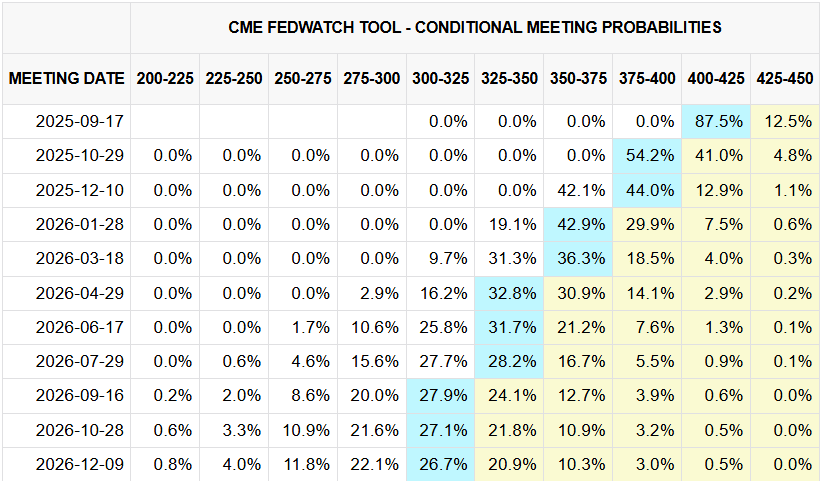Economic data shows the risk of stagflation in the U.S.
The services data released by the Institute for Supply Management (ISM) on Tuesday was disappointing. The U.S. services PMI for July was 50.1, lower than the expected 51.5. Although it is still above the expansion line of 50, it dropped by 0.7 points from June's 50.8.
In short, the U.S. services economy is still growing, but the growth rate is far below expectations and is on the verge of contraction.
The employment index dropped to 46.4, down 0.8 points from last month. When this index is below 50, it indicates that businesses are laying off employees, marking the lowest level since March. Conversely, the price index rose by 2.4 points to 69.9, the highest level since October 2022. When this index is above 50, it indicates that prices are rising rapidly.
This combination will lead to stagflation, where job opportunities decrease while prices simultaneously rise. Policymakers face a tough choice between addressing unemployment and controlling inflation.
For central banks, curbing inflation requires raising interest rates, while stimulating growth requires lowering them. These two issues cannot be resolved simultaneously. During stagflation, central banks may find it difficult to decisively cut interest rates.
More signs of stagflation will destroy the cryptocurrency market.
This backdrop has taken a heavy toll on the U.S. financial markets on Tuesday. The Dow Jones Industrial Average fell by 61.90 points (0.14%) to 44,111.74 points. The S&P 500 index dropped by 30.75 points (0.49%) to 6,299.19 points. The Nasdaq index decreased by 137.03 points (0.65%) to close at 20,916.55 points. Bitcoin also fell by about 1%.

After the July employment report was released, market expectations for Federal Reserve policy changed. The market currently expects two rate cuts this year instead of three. According to the Chicago Mercantile Exchange Group's FedWatch tool, the market expects the Fed to cut rates by 25 basis points in September and October, respectively.
The probability gap between maintaining rates in December and cutting rates is only 2%. However, if stagflation signals strengthen, this gap may widen.
This issue could significantly impact cryptocurrency prices. Since the passage of the GENIUS Act by Congress on July 18, Bitcoin's sensitivity to economic data has increased. Most altcoins have also been tracking Bitcoin's movements.
Frequently Asked Questions
What is stagflation?
Stagflation is an economic condition characterized by stagnant economic growth, high unemployment rates, and rising inflation. It poses challenges for policymakers.
How does stagflation affect cryptocurrencies?
Stagflation may lead to a decline in investor confidence, resulting in a drop in cryptocurrency prices, as they are more sensitive to economic data.
Key points
Stagflation risk is rising: Economic data shows a slowdown in growth and an increase in inflation.
Market reaction: Under these concerns, both traditional markets and crypto markets have declined.
Policy implications: The Federal Reserve faces a tough choice between raising and lowering interest rates.
Conclusion
In summary, the current economic situation indicates that the risk of stagflation is rising, which may adversely affect both traditional markets and the cryptocurrency market. Investors should remain vigilant and adjust their strategies accordingly.
Stay tuned OG EPIC OM PROVE FUN
